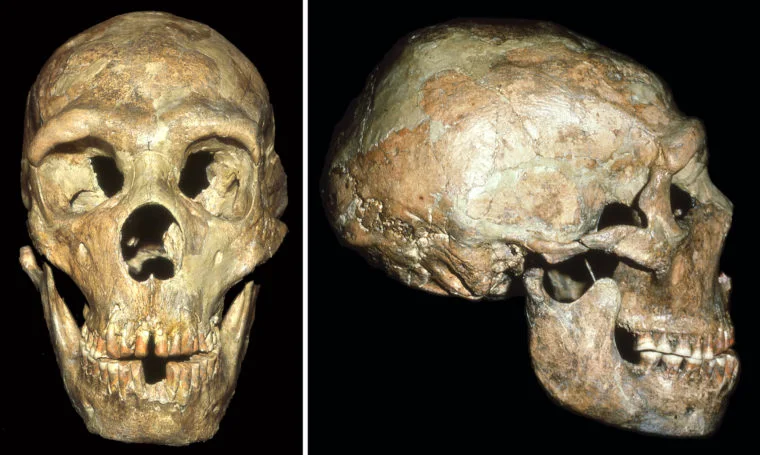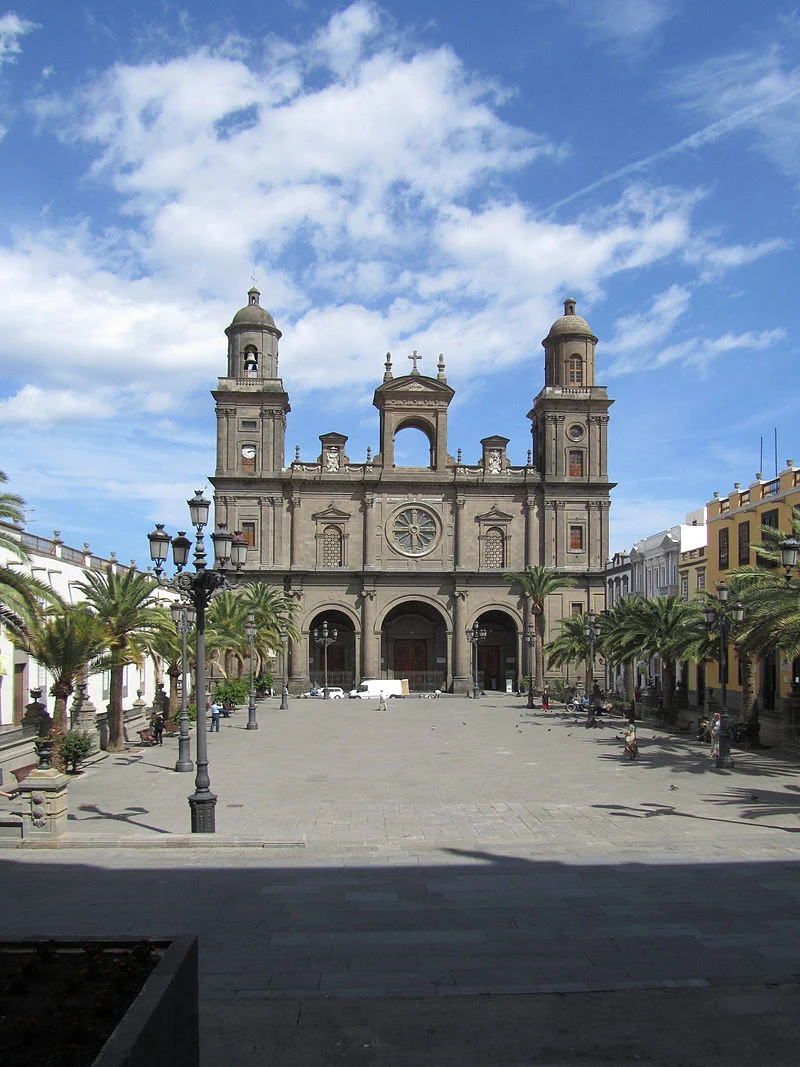 Zika Virus Infects Developing Brain by First Infecting Cells Meant to Defend Against It
Zika Virus Infects Developing Brain by First Infecting Cells Meant to Defend Against ItFirst, a little story:
God sat in Heaven gazing down at his creation that he loved and adored beyond measure and he noticed that things were not perfect. He notice all the war, famine, pestilence and hate.
He noticed that humans were finding cures for polio, smallpox, even malaria, and using antibiotics to cure infections that would have killed millions in earlier times. He noticed that very many children were growing up into strong, healthy adults when once they would have died in infancy.
He noticed though that there was still much suffering. He noticed the children born with physical and mental handicaps. He noticed the anguish of the parents of these children as they struggled to cope and make life bearable for these unfortunate children. He noticed too the deprivation suffered by the siblings of these children as their parents were forced to devote less time to them than they needed.
So he pondered on the problem and sat stroking his beard for many days, wondering what he could do about it. Why were things not as he would have wished them to be in his beloved creation? Had he not created it perfectly?
At last, a solution came into his mind.
So he improved antibiotic resistance in his bacteria and then he created the Zika virus. As a touch of brilliance, he created the Zika virus so it attacks and disables the cells that would have grown and developed into the victim's brain defences against pathogens.
"Let's see them cure that!", he thought. "Now, how's Ebola doing?"
Well, that's the creationist view.
Now let's look at the science.
















